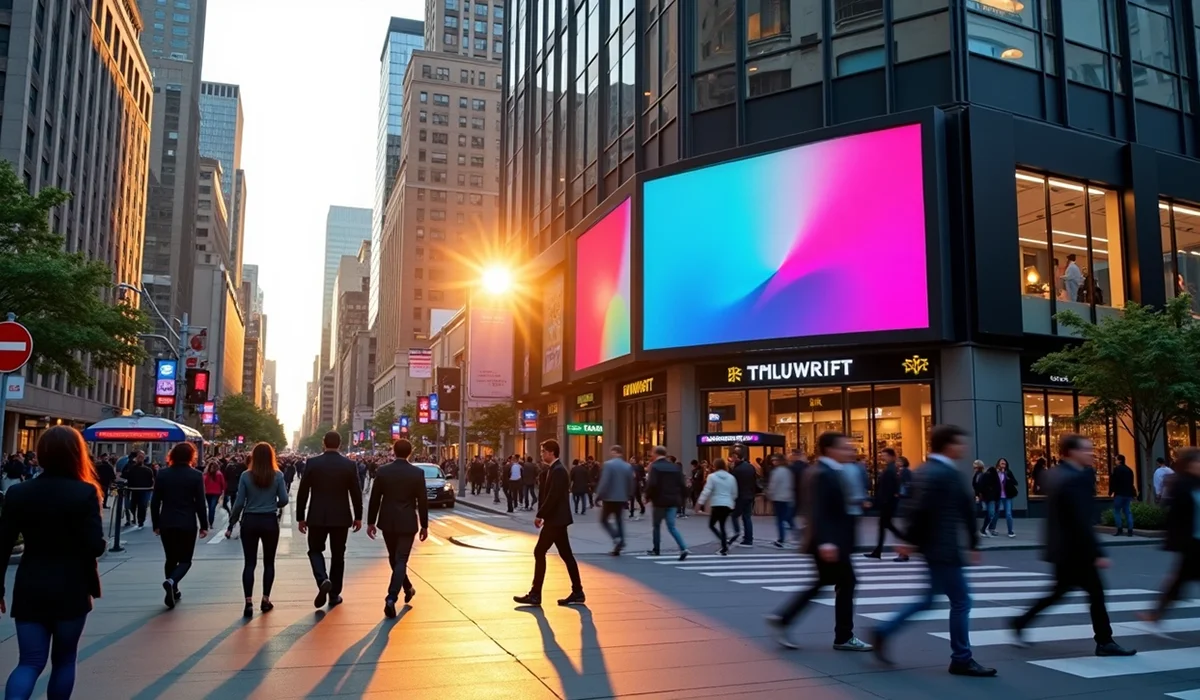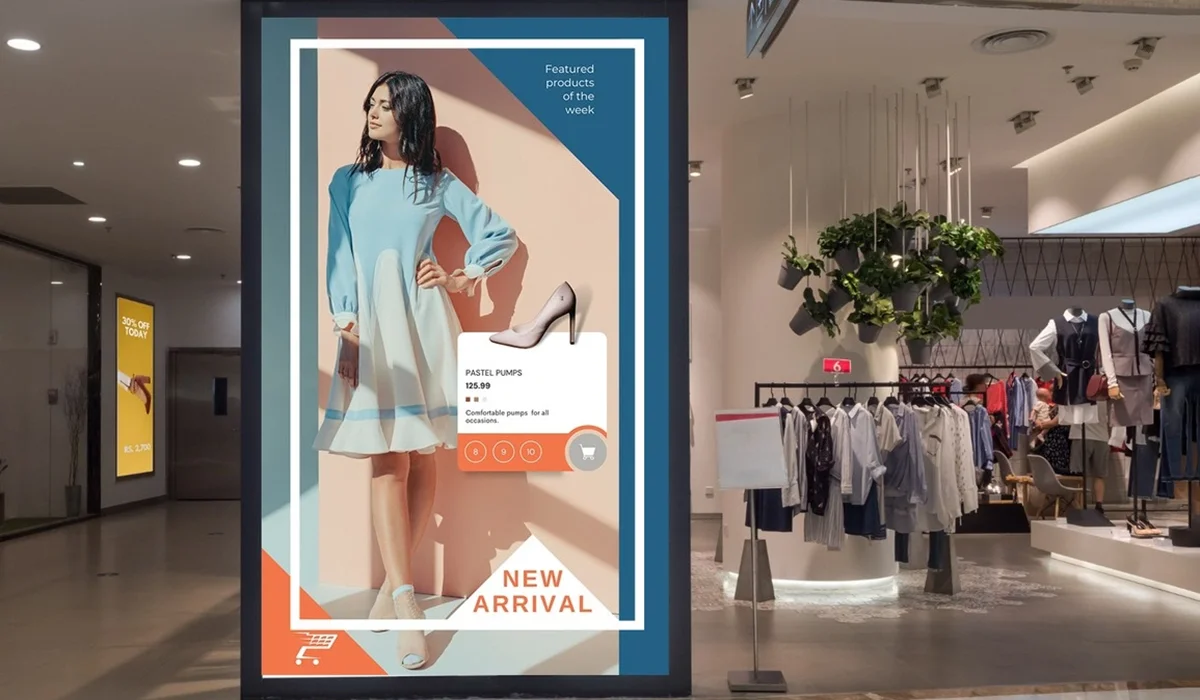Marketing has changed more in the last 12 months than in the previous five years combined. The traditional strategies we once relied on are becoming obsolete faster than ever, making it crucial to stay on top of mind awareness marketing trends.
AI-driven campaigns and zero-party data collection have altered the map of business-customer relationships in 2024. Our team tested and researched these digital marketing developments extensively to determine what actually delivers results and enhances brand awareness.
This detailed guide presents our top 10 marketing insights that will help you stay ahead of competitors in 2025. We explore AI integration, data privacy, cross-channel marketing and emerging technologies that are reshaping the industry landscape, all while focusing on increasing top-of-mind awareness for your brand.
The Evolution of AI-Driven Marketing and Brand Recognition
Our marketing trends 2024 analysis shows how AI has evolved from a simple automation tool to become a sophisticated strategic partner in boosting brand awareness. Marketing teams have seen AI reshape campaign development and execution firsthand, significantly impacting brand recognition stages. The numbers speak for themselves – 90% of marketers now prefer AI-assisted decision-making to get customer insights and improve top-of-mind awareness [1].
Beyond Basic Automation: AI’s New Role in Brand Equity Measurement
AI has grown far beyond simple task automation to become a strategic powerhouse in brand equity measurement. AI-powered tools help marketing teams analyze big datasets, automate complex tasks, and deliver targeted content at scale to enhance brand visibility [2]. Marketing teams that use AI-driven automation optimize their campaigns substantially faster, delivering results in weeks rather than months and improving overall brand performance [3].
Predictive Analytics and Customer Behavior for Top-of-Mind Marketing
Machine learning has become crucial to predict customer behavior patterns and drive top-of-mind marketing strategies. Our predictive analytics implementation can now forecast a user’s lifetime value just three days into a campaign, allowing for more effective brand positioning [3]. We have achieved these capabilities:
- Immediate pattern analysis for campaign adjustments
- Customer segmentation based on behavioral signals
- Automated optimization of marketing spend to enhance brand influence
Integration of AI with Human Creativity for Enhanced Brand Messaging
The most successful marketing strategies blend AI’s analytical power with human creativity to create impactful brand messaging. AI excels at data analysis and automation, yet human creativity remains vital to craft narratives that stir emotions and build meaningful connections, crucial for top-of-mind awareness [2]. Our teams have proven that AI-generated content with human oversight can increase conversion rates by up to 30% and improve brand recall [4].
AI enhances our creative processes without replacing the human element. This excites us the most. Research shows 85% of marketers are learning new skills to work effectively with AI [5]. This creates powerful synergy between technological capability and human intuition, leading to more effective top-of-mind strategies.
Data Privacy and Trust Revolution: Building Brand Trust
Our latest research into marketing trends 2024 shows a major move in customer data handling practices, directly impacting brand trust and reputation. Trust remains a significant challenge as only 3% of people trust marketers and salespeople [6]. The digital world sees a complete transformation in data privacy approaches, affecting brand perception and consumer consciousness.
Zero-Party Data Collection Strategies for Brand Differentiation
Zero-party data has become our most valuable asset – information customers choose to share themselves. Customers willingly share their data when they see clear benefits, which can significantly boost brand trust [7]. Several strategies have worked well for us in enhancing brand differentiation:
- Transparent value exchanges through loyalty programs
- Customized content recommendations
- Clear opt-in processes with visible benefits
- Regular customer preference updates
Building Trust Through Transparency: A Key to Brand Dominance
Transparency goes beyond compliance and builds lasting relationships, contributing to brand dominance. 97% of consumers worry about how their data might be misused [8]. Successful companies now clearly explain their data collection practices and let customers control their information, which significantly improves brand trust [9].
Privacy-First Marketing Approaches for Enhanced Brand Reputation
The privacy-first world continues to evolve, reshaping brand reputation strategies. 92% of display ad spending will happen programmatically next year [10]. Privacy-enhancing technologies have proven that companies can protect customer data while offering tailored experiences, positively impacting brand perception.
Research shows 75% of executives find it harder to build and keep customer trust since the pandemic [11]. This reality pushes us to completely change traditional data collection methods. Companies see higher engagement rates and better customer loyalty by focusing on transparency and using reliable data protection measures, all of which contribute to stronger brand awareness.
Privacy-first marketing extends beyond GDPR or CCPA compliance [9]. It creates strong foundations for customer relationships in digital marketing 2024 and beyond. Companies that put data privacy and transparency first tend to keep their customers’ trust and loyalty longer, maintaining top-of-mind awareness.
Cross-Channel Marketing Integration for Consistent Brand Awareness
Marketing trends for 2024 reveal a transformation in how businesses combine their channels to maintain consistent brand awareness. Research shows customers want identical shopping experiences online and in stores, emphasizing the importance of omnichannel presence [12]. A continuous connection between channels has become vital for maintaining top-of-mind awareness.
Unified Customer Experience Strategies Across the Digital Shelf
A unified customer experience across the digital shelf has become essential to compete in today’s market and maintain top-of-mind awareness [13]. Companies that provide consistent experiences across touchpoints see substantially higher customer loyalty and improved brand recall [12]. The benefits include:
- Higher customer satisfaction and loyalty [12]
- Customized experiences enhancing brand recognition [12]
- Better data integration across platforms for improved marketing effectiveness [14]
- More brand recognition and trust [13]
Channel Synchronization Techniques for Improved Brand Visibility
Successful channel synchronization needs more than connected platforms; it requires a cohesive strategy to maintain brand visibility. Companies with omnichannel strategies adapt better to retail’s future and respond quickly to market changes, keeping their brand top-of-mind [12]. The data proves that integrated omnichannel communications lead to better customer participation and reduced operational costs, ultimately enhancing brand awareness [14].
Measuring Cross-Channel Performance for Brand Metrics
New sophisticated methods help track and analyze performance across channels, providing valuable brand metrics. Cross-channel coverage helps businesses optimize their marketing strategy and use resources efficiently to maintain top-of-mind awareness [15]. Web analytics tools, marketing automation platforms, and social media analytics work together to monitor performance across channels and measure brand influence [15].
Customization remains the foundation for successful omnichannel strategies and maintaining brand consistency [12]. Customer behavior analysis helps us learn about how people use different channels, informing our top-of-mind marketing approaches [12]. This knowledge leads to more targeted and effective marketing campaigns that boost brand awareness.
Emerging Marketing Technologies for Enhanced Brand Visibility
Let’s take a closer look at the state-of-the-art world of marketing trends 2024 and their impact on brand visibility. Revolutionary technologies continue to alter how brands connect with their audiences and maintain top-of-mind awareness. Marketing technology’s rapid expansion brings new possibilities for future strategies to enhance product visibility and brand recall.
Web3 Marketing Applications for Increased Brand Trust
Web3 marketing changes traditional approaches through decentralization and transparency, significantly impacting brand trust. Blockchain-based solutions have proven to build trust and credibility among target audiences, enhancing brand reputation [16]. Smart contracts now eliminate intermediaries in advertising and create more affordable campaign management, allowing for more direct brand-consumer relationships [16].
Virtual and Augmented Reality in Marketing for Immersive Brand Experiences
The VR market will reach $12.90 billion by 2024 [17], changing how brands interact with consumers and create lasting top-of-mind awareness. AR/VR technology shows promise in several areas that enhance brand visibility:
- Virtual showrooms enable product exploration from home, increasing brand recall [18]
- AR-powered try-before-you-buy experiences boost product visibility [19]
- Immersive brand storytelling opportunities enhance brand messaging [18]
- Virtual event experiences reach global audiences, expanding brand awareness [18]
These changes create real results in terms of brand awareness. AR product previews drive higher conversion rates and keep brands top-of-mind [19]. Fun and useful AR experiences spread on social media and generate organic attention, further enhancing brand visibility [19].
Voice Search Optimization Strategies for Top-of-Mind Awareness
Search behavior shows a major change, with 72% of US residents who know about voice search using it actively, presenting new opportunities for top-of-mind marketing [20]. Our voice search optimization strategy builds on these elements to enhance brand awareness:
- Natural Language Integration: Voice searches average 23 words in length, requiring adaptations in brand messaging [20]
- Local Search Optimization: 58% of voice search users look for local businesses, emphasizing the need for local brand dominance [20]
- Featured Snippet Targeting: 70% of voice search results come from featured snippets, offering prime opportunities for brand visibility [20]
These strategies improve voice search visibility and top-of-mind awareness. Businesses that optimize for voice search see better engagement rates, especially in local searches, contributing to stronger brand recognition [21].
Mastering Top-of-Mind Awareness in 2025
Marketing has changed significantly through 2024 and set new standards for success in 2025, particularly in achieving and maintaining top-of-mind awareness. Our research shows that businesses get the best results when they combine AI-driven strategies with human creativity to enhance brand awareness. A privacy-first approach helps build lasting customer relationships and strengthens brand trust.
Success in marketing now depends on smooth cross-channel integration and emerging technologies, all contributing to top-of-mind awareness. AR/VR experiences and voice search optimization create deeper customer connections and improve brand recall. Web3 applications give exceptional transparency and trust – we’ve seen this firsthand in our top-of-mind marketing efforts.
These changes go beyond simple trends. They point to a fundamental change in how businesses connect with their audiences and maintain brand awareness. Market leaders in 2025 will be companies that accept new ideas in AI while protecting data privacy. They will deliver unified experiences in a variety of channels and adapt to new technologies quickly, all while keeping their brand top-of-mind.
Marketing excellence needs continuous learning and adaptation, especially when it comes to maintaining top-of-mind awareness. The best approach is to start small and test what really works before scaling up. Your customer’s needs and priorities should drive every strategy you put in place, always with the goal of enhancing brand awareness and staying top-of-mind.
References
[2] – https://www.specbee.com/blogs/ai-overdose-marketing-how-to-balance-ai-and-human-creativity
[6] – https://www.waldenu.edu/programs/business/resource/the-truth-about-trust-based-marketing
[7] – https://www.bloomreach.com/en/blog/importance-of-zero-party-data
[8] – https://hbr.org/2015/05/customer-data-designing-for-transparency-and-trust
[10] – https://www.emarketer.com/content/how-marketers-build-privacy-first-programmatic-strategy
[12] – https://4allportal.com/blog/customer-experience/omnichannel-trends-2025
[13] – https://chattermill.com/blog/unified-customer-experience
[14] – https://www.mhcautomation.com/blog/omnichannel-communication-strategy/
[15] – https://askbosco.io/blog/news/how-to-measure-cross-channel-performance/
[16] – https://ninjapromo.io/web3-marketing-a-comprehensive-guide
[17] – https://blog.hubspot.com/marketing/vr-marketing-examples
[20] – https://www.semrush.com/local/blog/voice-search-in-marketing/
[21] – https://www.wsiworld.com/blog/the-rise-of-voice-search-optimizing-your-seo-content-for-the-future



